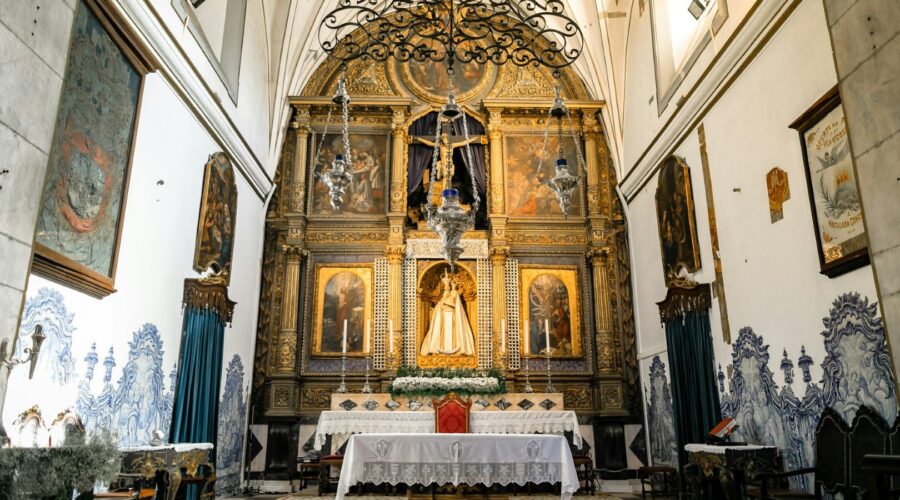Your cart is currently empty!
Delve into the Heart of Catholic Mass Readings: A Comprehensive Guide

Introduction
The Catholic Mass, also known as the Eucharist, is a central ritual in the Catholic Church. It is a time for the faithful to gather, remember the sacrifice of Jesus Christ, and receive his body and blood through communion. The Mass consists of several parts, one of which is the reading of Scripture passages. These readings, known as Mass readings, play a crucial role in the liturgy.
The Importance of Mass Readings
Mass readings are not merely texts that are read aloud. They are living words of God that proclaim his message to the assembled congregation. They provide a foundation for the homily, the priest’s reflection on the readings, and guide the faithful in their understanding of the faith.
The Structure of Mass Readings
The Mass readings are typically divided into three parts:
- A reading from the Old Testament
- A psalm or canticle
- A reading from the New Testament (usually a Gospel)
The Selection of Mass Readings
The selection of Mass readings is based on a three-year cycle known as the Lectionary. The Lectionary provides a set of readings for each day of the year, ensuring a variety of Scripture passages are proclaimed.
The Old Testament Reading
The Old Testament reading is usually taken from one of the historical, poetical, or prophetic books. It often sets the context for the Gospel reading and provides a foundation for understanding the New Testament.
The Psalm or Canticle
The psalm or canticle is a response to the Old Testament reading. It is often sung or recited by the congregation and reflects on the themes of the reading.
The New Testament Reading
The New Testament reading is typically a passage from one of the Gospels. It recounts the life, teachings, and actions of Jesus Christ and provides the primary focus for the Mass.
Understanding Mass Readings
To fully understand Mass readings, it is helpful to:
- Read them attentively and prayerfully
- Listen to the homily and reflect on its insights
- Visit resources like the Catholic Bible Association or the U.S. Conference of Catholic Bishops for additional information
By engaging with the Mass readings through these methods, the faithful can deepen their understanding of the Scriptures and their relevance to their daily lives.
Examples of Mass Readings
The following table provides examples of Mass readings for different Liturgical seasons:
| Liturgical Season | Old Testament | Psalm | New Testament |
|---|---|---|---|
| Advent | Isaiah 9:2-7 | Psalm 126:1-2, 2-3, 4-5 | Luke 3:1-6 |
| Christmas | Isaiah 9:6-7 | Psalm 98:1-6 | Luke 2:1-14 |
| Lent | Isaiah 58:1-9 | Psalm 51:3-4, 5-6, 12-13, 14-17 | Matthew 6:1-6, 16-18 |
| Easter | Acts 10:34-43 | Psalm 118:1-2, 16-17, 22-23 | John 20:1-9 |
| Ordinary Time | Genesis 1:1-5 | Psalm 104:1-2, 5-6, 10, 12, 13-14 | Mark 6:1-6 |
Conclusion
Mass readings are an essential part of the Catholic liturgy, providing a connection to the living Word of God. By understanding their structure, selection, and meaning, the faithful can enter more fully into the mystery of the Mass and grow in their understanding of the Scriptures.